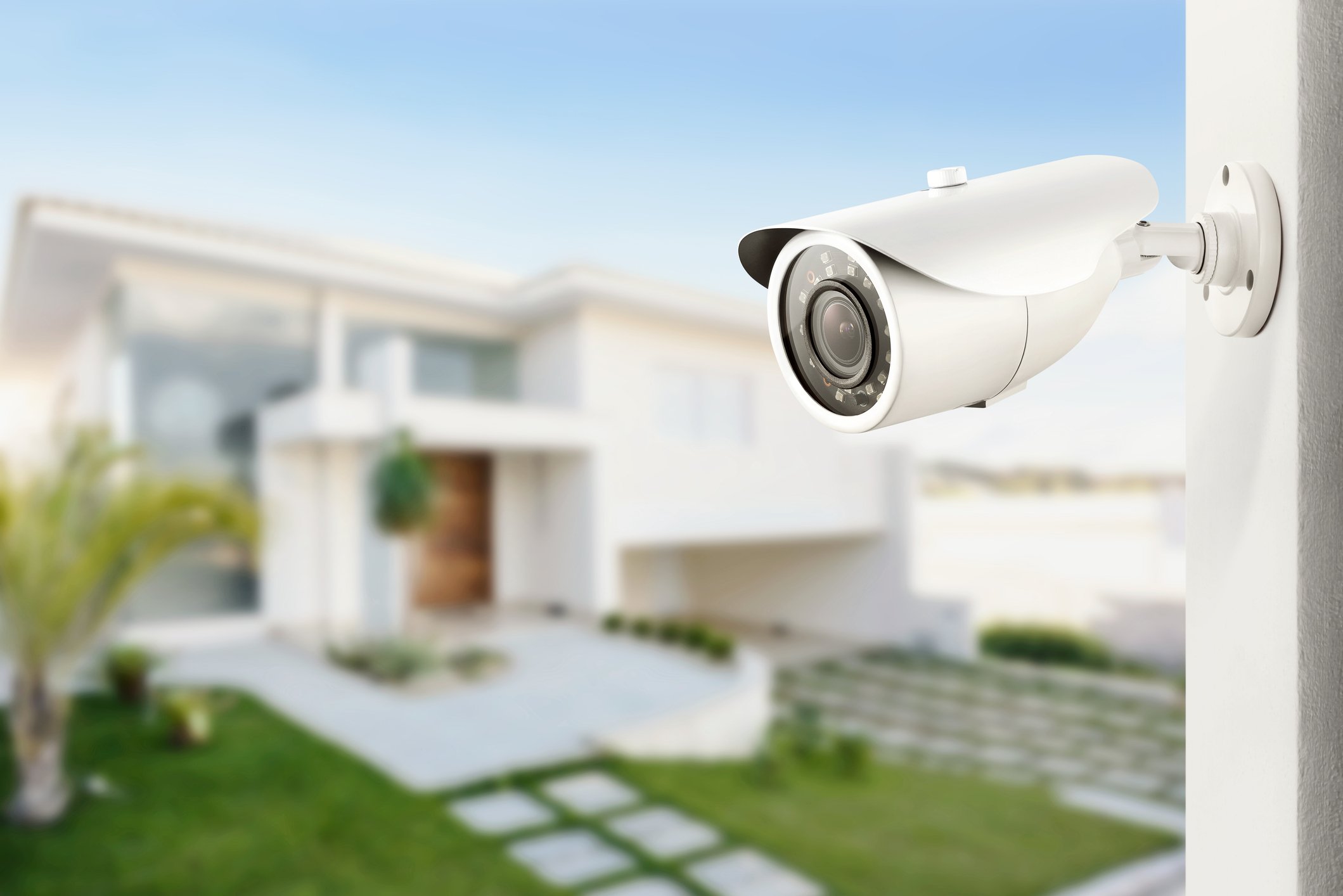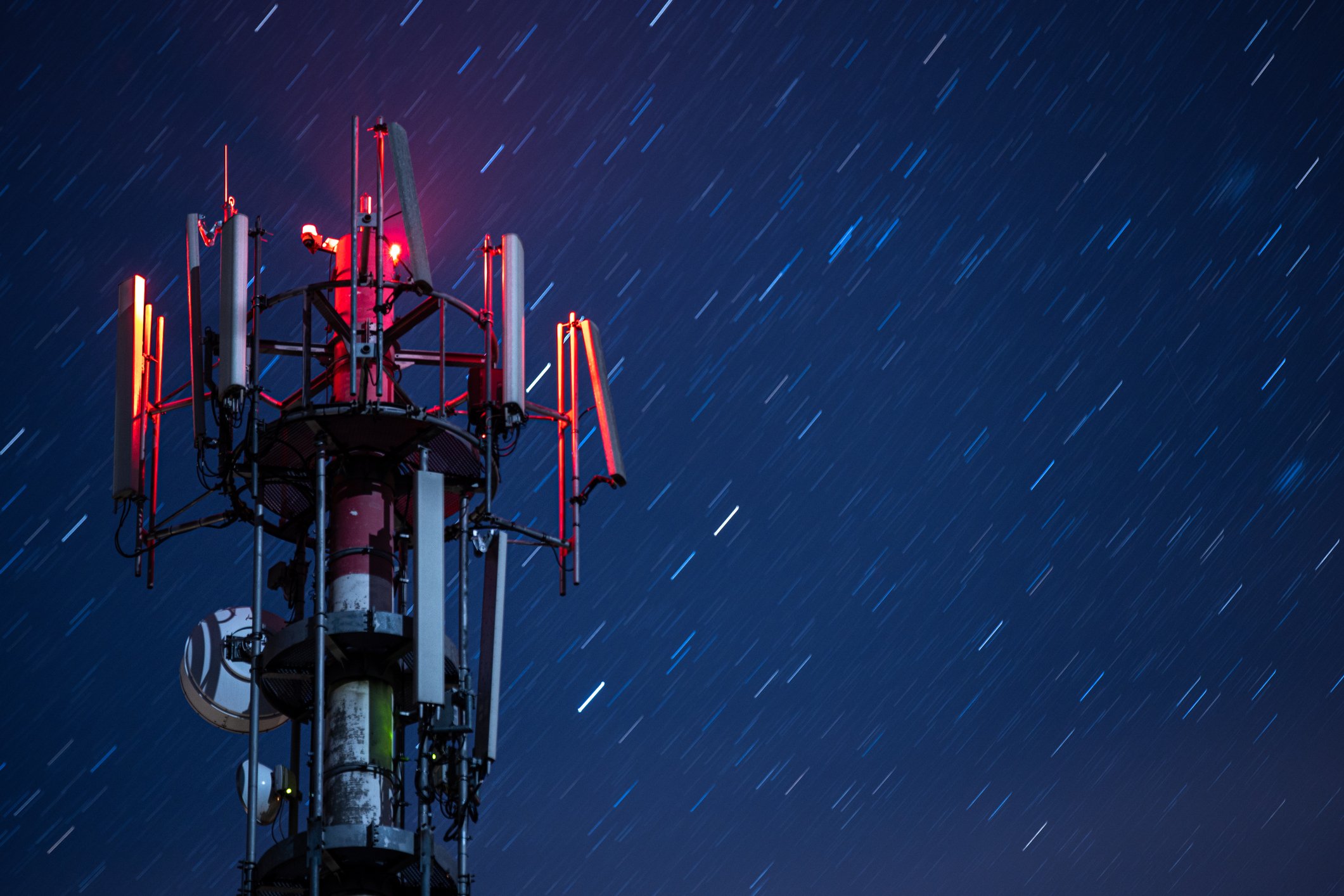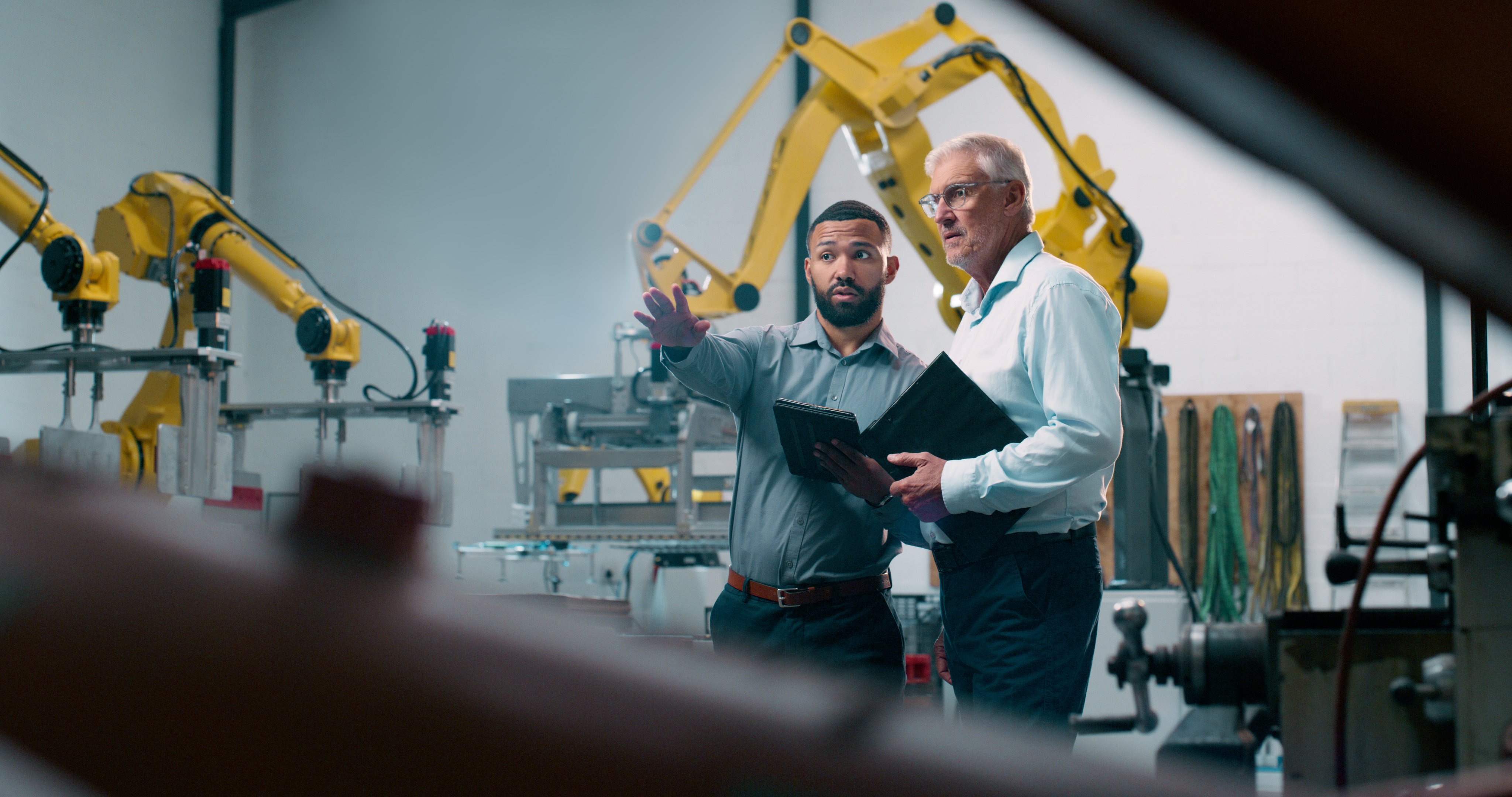
- December 2025 (2)
- November 2025 (2)
- October 2025 (3)
- September 2025 (3)
- August 2025 (3)
- July 2025 (2)
- June 2025 (3)
- May 2025 (3)
- April 2025 (3)
- March 2025 (2)
- February 2025 (1)
- December 2024 (2)
- November 2024 (1)
- August 2024 (2)
- June 2024 (3)
- May 2024 (3)
- April 2024 (1)
- March 2024 (3)
- February 2024 (2)
- January 2024 (2)
- December 2023 (1)
- November 2023 (2)
- October 2023 (2)
- September 2023 (1)
- August 2023 (1)
- July 2023 (2)
- June 2023 (3)
- May 2023 (2)
- March 2023 (4)
- January 2023 (2)
- November 2022 (2)
- September 2022 (1)
- August 2022 (2)
- July 2022 (2)
- June 2022 (1)
- May 2022 (1)
- April 2022 (3)
- March 2022 (1)
- February 2022 (3)
- January 2022 (2)
- December 2021 (1)
- November 2021 (1)
- October 2021 (2)
- September 2021 (3)
- August 2021 (1)
- July 2021 (3)
- May 2021 (2)
- April 2021 (2)
- March 2021 (2)
- February 2021 (3)
- January 2021 (3)
- December 2020 (1)
- October 2020 (1)
- August 2020 (1)
- August 2019 (1)
- January 2019 (2)
- September 2018 (5)
- June 2018 (1)
- November 2017 (1)
- September 2017 (1)
- July 2017 (1)
- May 2017 (1)
- January 2017 (1)
- October 2016 (2)
- August 2016 (1)
- July 2016 (1)
- June 2016 (1)
Subscribe by email
Consumer IoT embeds smart connectivity and automation into familiar products. From homes that adapt intuitively to our daily routines to leak detectors trained to protect buildings from expensive water damage, consumer IoT brings unprecedented convenience, safety, and personalization to modern life. IoT solutions are making tasks more efficient, secure, and simple by seamlessly connecting devices to the internet and enabling them to interact with users and their environment.
However, for consumer IoT device OEMs, deploying a new product can present challenges. IoT technology is increasingly being used for critical applications, like home healthcare, security systems, and GPS locators. These demand cellular network access to ensure stable connectivity and fully achieve their potential. Most cellular carriers do not offer the sophistication required by these use cases, forcing OEMs into pricing models that are cost-prohibitive and restrictive.
In this piece, we will explore consumer IoT, observe the real-world applications where it’s utilized, and unpack the numerous advantages cellular IoT offers these devices. We’ll also discuss how Zipit Wireless’s transformative connectivity services, management platform, and billing solutions help OEMs launch their consumer IoT products and achieve sustainable and scalable growth.
Key Takeaways:
-
Consumer IoT enhances everyday life by embedding smart connectivity into familiar products, delivering efficiency, safety, and personalization across homes, businesses, vehicles, and industries.
-
Cellular IoT provides a critical advantage over Wi-Fi, offering greater reliability, mobility, and built-in security, which is essential for mission-critical applications like healthcare monitoring, GPS tracking, and home security systems.
-
Consumer IoT spans diverse applications, including smart home devices, fitness and wellness trackers, wearable safety gear, healthcare monitoring tools, asset trackers, GPS locators, connected vehicles, and RV telematics.
-
Consumer vs. Industrial IoT differ in scope. Consumer IoT focuses on convenience for individuals and households, while industrial IoT emphasizes large-scale operational efficiency, security, and predictive maintenance.
-
Zipit Wireless helps OEMs overcome deployment challenges by offering customized cellular connectivity, carrier relationships, and flexible billing platforms. We enable scalable, sustainable, and profitable consumer IoT product launches.
What is consumer IoT?
Consumer IoT refers to internet-connected smart devices designed specifically for everyday personal or household use. These devices often operate autonomously, requiring minimal human interaction for operation. This hands-off utility promotes improved efficiency, comfort, connection, and convenience to device end users.
Consumer IoT devices are visible in almost every facet of modern life, including security, personal wellness, entertainment, utility usage and monitoring, household appliances, and vehicles. Consumer IoT technology is used in wearable healthcare devices, pet activity trackers, energy-efficient lighting solutions, asset trackers for luggage and valuables, connected dash cams, and smart eyewear, just to highlight some of the many applications. Users have come to rely on the versatility and innovation offered by consumer IoT devices to automate daily tasks and simplify their lives.
How does consumer IoT work?
Consumer IoT connects everyday devices to the internet, enabling them to gather data, communicate with users and other devices, and perform their assigned functions.
Consumer devices typically use sensors to collect data about individuals, environments, or other applications. They continuously monitor details like biometrics, location, activity, and usage patterns. This information can be used to influence and enhance the device’s performance, behavior, and recommendations.
The consumer IoT devices then use internet connectivity to transmit, process, and share this information with their users. This is typically transmitted over a cloud platform or smartphone app. Smart home devices like thermostats often use Wi-Fi for connectivity, while GPS trackers, internet-connected wearables, and mission-critical devices that require reliable connectivity utilize cellular connections. Sometimes, the gathered data triggers an automatic response, like temperature adjustments, or prompts users to take action via SMS or app notifications.
IoT companies often leverage the collected data to understand consumer habits better and create individualized consumer experiences. The flexibility of IoT allows these solutions to be implemented at scale. With cellular IoT connectivity strategies, consumer IoT devices can be deployed globally and travel freely without fearing interrupted or degraded service.
How does cellular IoT enable safer, smarter consumer IoT?
Traditionally, consumer IoT devices are connected to home or business Wi-Fi networks for internet connectivity. However, as consumer IoT integrates into more mission-critical and latency-sensitive applications, reliable and secure connectivity is crucial. While many entertainment and convenience-focused consumer IoT devices can perform well on Wi-Fi, devices that need added security, freedom of mobility, and reliable, high-quality connectivity benefit enormously from cellular IoT connectivity.
Cellular enables reliable connectivity
Cellular networks are intrinsically reliable. Wi-Fi performance is far more likely to experience congestion, interference, and outages compared to cellular. Device manufacturers must rely on the end user’s technological sophistication when designing smart devices for Wi-Fi, whereas cellular connectivity ensures high uptime.
Cellular encourages device mobility and freedom
Wi-Fi also restricts the mobility of a given device. Wi-Fi connectivity is typically limited to the range of the local access point, which is usually less than a hundred feet indoors. Hand-offs between Wi-Fi networks are unpredictable and frequently cause service disturbances. Cellular operates on networks with global reach, like 4G LTE and 5G. Cellular IoT devices can maintain connectivity while in motion (like cars, wearables, and asset trackers) and are often designed to switch regions and networks seamlessly.
Cellular ensures advanced security
Cellular is significantly more secure than Wi-Fi. Cellular has built-in network security, as its end-to-end encryption makes interception difficult. Wi-Fi is more vulnerable to unauthorized access if the proper security precautions aren’t taken, a factor that device manufacturers cannot control. Cellular is also built for massive IoT deployments and is easily scalable, while Wi-Fi is limited by local bandwidth and access point capacity.
Learn more: Cellular vs. Wi-Fi for IoT: Which is Better?
What are examples of consumer IoT?
Consumer IoT is a broad term that encompasses many diverse products designed to make daily life hyper-personalized, more efficient, and ultimately, more enjoyable. It covers a wide spectrum of devices, services, and applications.
Consumer IoT devices are often used for entertainment or mundane tasks, like wireless grill thermometers that let users keep an eye on cooking temperatures from afar. However, they’re frequently used for far more important tasks as well, like in a home security system that automatically locks doors when movements are detected at late hours or home healthcare monitoring that alerts care providers to unusual spikes in patient biometric data.
1. Smart home devices and security systems
One of the most common applications of consumer IoT is smart home technology. From thermostats to lightbulbs to cameras, the modern home is outfitted with internet-connected devices that promote energy efficiency, enhanced security, and elevated comfort.
These devices allow homeowners to monitor doorbell activity remotely, adjust temperature and lighting to conserve energy when the house is empty, and automatically lock and unlock doors from afar. Smart home devices are often monitored and controlled by smartphone apps. They are automated based on schedules or sensor-triggered actions.
Smart security devices use consumer IoT technology to improve safety. Real-time alerts, live video streaming, event recordings, and remote access control all provide home and business owners with constant insight into their properties and unprecedented control over security. Consumer IoT technology is also used in household utility monitoring. It can be implemented in leak detection systems, which automatically detect unusual patterns in flow rates and shut off water supplies before simple leaks turn into catastrophically damaging and costly ordeals.
IoT-enabled security systems and leak detectors are also frequently used commercially by businesses and property managers. Insurance companies sometimes offer financial incentives to their customers for using these cost-saving, safety-promoting technologies. Cellular connectivity offers users another added layer of protection, as feeds and monitors are less likely to experience interruptions on cellular networks. Some businesses even require devices to use cellular connections to ensure maximized performance.
2. Fitness and wellness trackers
Wearable consumer IoT devices have transformed the way people track personal wellness, promoting active lifestyles, improved sleep, and providing individually tailored recommendations.
Fitness trackers count users’ steps, heart rates, calorie output, and mileage paces, painting a holistic portrait of training and activity. Watches and rings are used to track REM cycles and sleep quality, monitor stress levels, and record body temperature. These devices send wearers real-time alerts, notifying them of irregular heartbeat and elevated stress signals. They can also help athletes improve training plans by observing heart rate zones and comparing performance over time.
3. Wearable safety and accessibility technology
Cutting-edge wearable technology is introducing IoT technology into job sites. Construction and manufacturing are leveraging IoT devices to ensure safety, improve communication, and enhance efficiency. These devices can be integrated into hard hats, vests, and boots. They can monitor vital signs and alert workers to potential health risks like heat stress or fatigue, reducing on-site injuries. They can also track worker movements and equipment usage, improving workflows, resource allocation, and project management.
Wearable technology can also improve accessibility, empowering individuals with disabilities. Devices like smart canes, assistive communication devices, and hearable technology can all help users achieve greater independence and navigate the world with enhanced ease.
4. Home healthcare and remote patient monitoring
Healthcare uses IoT devices and sensors to enhance patient monitoring, facilitate positive clinical outcomes, and streamline health management. From devices that track real-time biometric data to remote monitoring systems, IoT technology provides continuous insights into patient health, enabling proactive and personalized care.
Wearable technology like heart-rate monitors, connected blood pressure cuffs, and sleep trackers provides personalized insights based on their collected data. However, consumer IoT is also transforming home-based care beyond health trackers. Smart pill dispensers help patients adhere to prescription schedules, improving medication adherence and reducing errors. Remote patient monitoring systems give healthcare providers the ability to better manage chronic illnesses outside of clinical settings, which reduces hospitalization and facilitates better health outcomes.
Like any mission-critical application, consumer IoT healthcare devices benefit from stable cellular connectivity that ensures optimal performance and continuous service. Healthcare IoT empowers patients through providing them data-driven education about their conditions and allowing healthcare systems to offer higher standards of personalized care.
5. Asset tracking, locators, and smart GPS devices
Through real-time location data, consumer IoT devices can track possessions, packages, and loved ones. These have historically been implemented as tags on luggage, vehicles, laptops, headphones, and other valuable items that are in transit or at risk of theft. However, GPS tracking can also help people track the location of children, pets, and seniors.
Virtual boundaries can be created via geofencing, and emergency alerts can notify caregivers when individuals leave predefined areas. These technologies provide enormous peace of mind and can provide life-saving opportunities for intervention before a pet, child, or grandparent gets lost or injured.
Cellular connectivity ensures that asset trackers and GPS locators remain connected to the internet regardless of their geographic position.
6. Automotive, telematics, and RVs
Consumer IoT in the automotive and telematics industry uses sensors, GPS tracking capabilities, and cellular connectivity to enhance vehicle safety and elevate user experiences. Vehicles equipped with IoT-enabled telematics continuously collect and transmit real-time data, including location, speed, driving behavior, fuel consumption, and vehicle diagnostics. Consumers and fleet operators can remotely monitor and manage vehicle performance while accessing real-time data analytics for individual vehicles or entire fleets. This allows for advanced features like predictive maintenance alerts, automated emergency assistance, and location-based services.
Connected dash cams and vehicle security systems provide real-time monitoring, which can be utilized for theft detection, accident reporting, and improving safety for rideshare drivers and passengers. IoT technology is shaping emerging automotive innovations, such as vehicle-to-vehicle and vehicle-to-infrastructure communication. These developments are critical for developing autonomous driving systems and smart traffic management.
Consumer IoT is also used to monitor and control RVs. Devices can assess battery levels, internal temperatures, solar panel performance, generator health, and water storage levels. They also bestow additional security to RVs, allowing owners to survey the RV and its surroundings remotely through sensors and security cameras. RVs fuse popular smart home technologies with the mobility of vehicular IoT, making it a perfect candidate for cellular IoT connectivity.
Consumer IoT vs. Industrial IoT
Consumer IoT and industrial IoT both use internet connectivity, embedded sensors, and analytical feedback to simplify problems and automate tasks. While similar devices can be deployed in both consumer and industrial IoT contexts, the complexity and scope of implementation differ between the two applications.
Consumer IoT devices are customer-focused, emphasizing simplicity and convenience and typically gather data about an individual, household, or small business. Industrial IoT places a greater emphasis on scalability, security, operational efficiency, and commercial use. These devices cover entire factories, fleets, and infrastructures.
For example, both consumer and industrial IoT applications may use smart thermometers. A homeowner can install a smart thermostat to maintain consistent household temperatures. An industrial application may use smart thermostats to regulate machine temperatures, monitor humidity, and prevent machine failure. Consumer IoT is tailored to an individual user’s needs, whereas industrial IoT focuses on broader operational metrics and predictive maintenance.
Historically, the need for reliability has been emphasized in the industrial IoT space but disregarded in the consumer space. There was the perception that consumer IoT devices were more frivolous or entertainment-focused, and temporary failures only amounted to inconveniences. However, as consumer IoT devices have entered increasingly sensitive and mission-critical spaces, the industry recognizes the value of cellular-based continuous operation. This can prevent severe property damage, safeguard users’ health, and ensure 24/7 safety and security.
Bringing consumer IoT devices to market: the challenge to find connectivity solutions
Device manufacturers seeking connectivity providers often encounter challenges when launching consumer IoT devices. Cellular carriers rarely provide scalable rates or affordable consumer IoT-specific data plans. They usually do not differentiate between the needs of smartphone and tablet IoT devices and non-voice, non-SMS, low-data usage devices. As a result, IoT companies accept the wrong data plans, overpay for unneeded expenses, and attempt to manage their deployments on incompatible platforms. This affects their downstream billing process as well, and they often miss out on creating flexible customer pricing models and maximizing ongoing monetization opportunities.
IoT deployments need flexible, customizable connectivity and billing solutions to thrive and sustainably grow. Consumer IoT is not designed for the B2C strategies and plans that most carriers offer OEMs.
Launch consumer IoT seamlessly with Zipit Wireless
Zipit Wireless is an industry leader in connecting IoT OEM businesses to personalized cellular connectivity solutions. We have over a decade of experience partnering with Tier 1 carriers and negotiating customized data plans to solve the unique challenges posed by IoT deployments. We offer peerless connectivity management solutions, as well as a billing platform designed to capitalize on subscription models and monetization opportunities unique to IoT solutions. Our global connectivity strategies empower companies to embrace consumer IoT innovation without fearing unstable connections, ill-matched pricing plans, and uneven international rollouts.
Zipit offers channel diversity, market diversity, and global connectivity all in one company. We emphasize data-driven strategies, helping you understand your customers on an individual and collective level through robust analytics reports, device usage insights, and customer behaviors. Our connectivity management platform allows you to rapidly expand coverage, manage rate plans, automate SIM provisioning, and monetize your services all from a single, intuitive interface. We help OEMs navigate multi-network connectivity and multi-carrier relationships with ease, enabling reliable worldwide connections.
We equip our customers to grow sustainably, scale easily, and thrive in the ever-expanding IoT ecosystem. Contact us to learn more about how our cellular connectivity strategies can help launch your consumer IoT product.
You may also like:
Related Content
The latest IoT insights and platform updates from Zipit.
Many IoT devices operate from fixed locations, quietly driving automation, data co...
As billions of connected devices continue to shape modern life, IoT manufacturers ...
The Internet of Things (IoT) is transforming how businesses operate, compete, and ...



